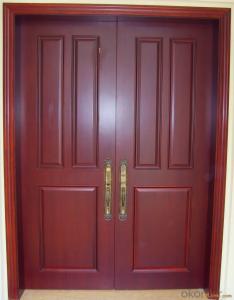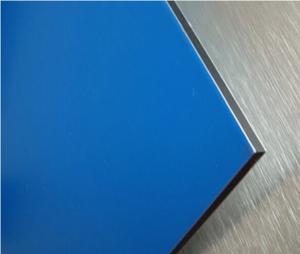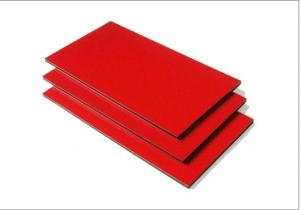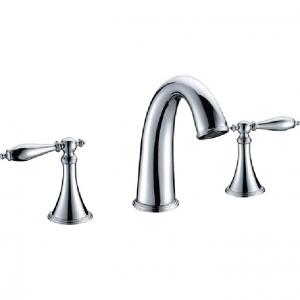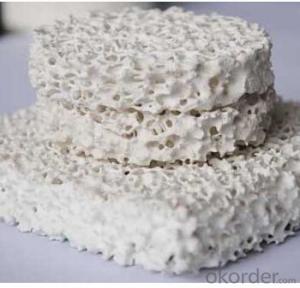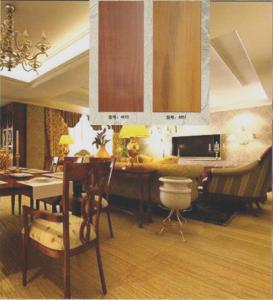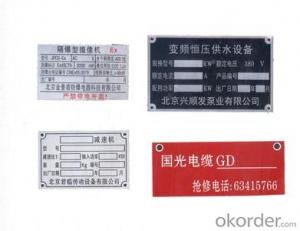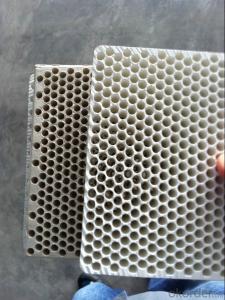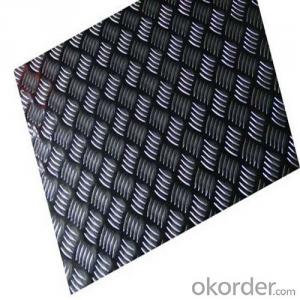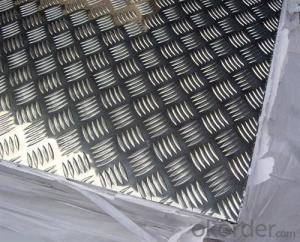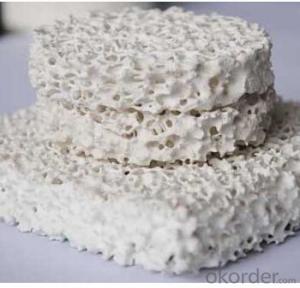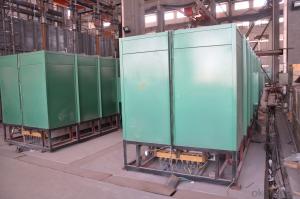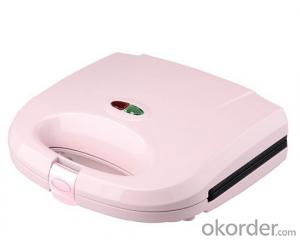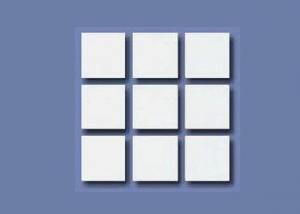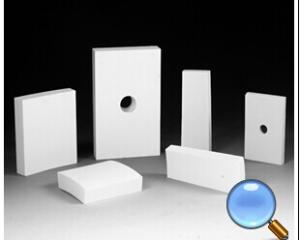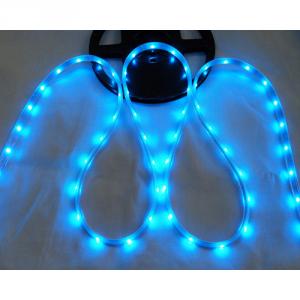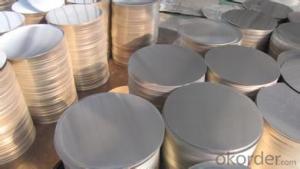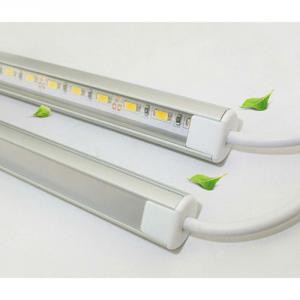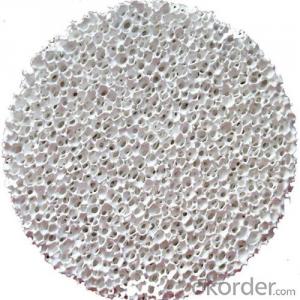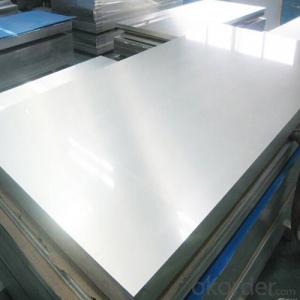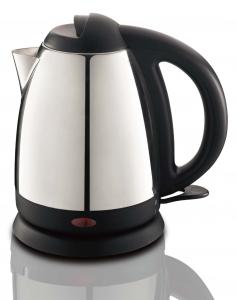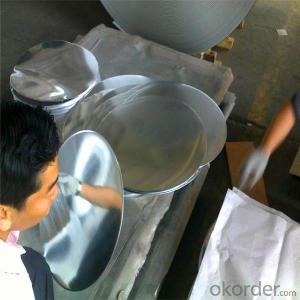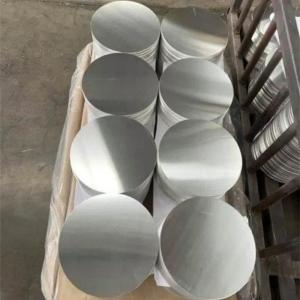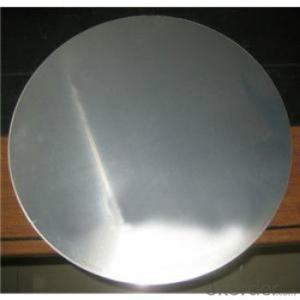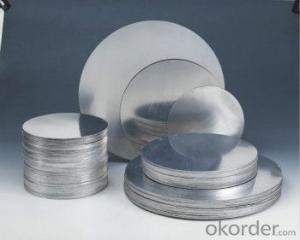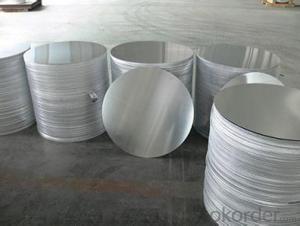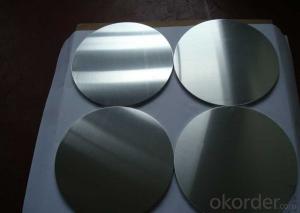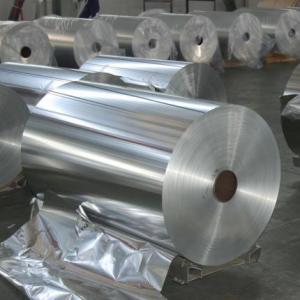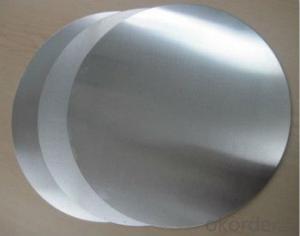2014 Aluminum Plate
2014 Aluminum Plate Related Searches
2014 T6 Aluminum Plate 1 4 Aluminum Plate 2011 Aluminum Plate 2017 Aluminum Plate 4 Aluminum Plate 1 4 Inch Aluminum Plate 3 4 Aluminum Plate 1 4 Thick Aluminum Plate Aluminum Wall Plate 4x4 Aluminum Plate 2024 Aluminum Plate 4 X 4 Aluminum Plate Aluminum Metal Plate 1 4 Inch Thick Aluminum Plate 1 4 In Aluminum Plate Aluminum 1/4 Plate Bending 1 4 Aluminum Plate Aluminum Plate 2024 3 4 Thick Aluminum Plate Aluminum Plate 1/4 Thick 1/4 Inch Aluminum Plate 4 Inch Aluminum Plate 1 4 Aluminum Diamond Plate 1 2 Aluminum Plate 4 Mm Aluminum Plate 40mm Aluminum Plate 3 4 Inch Aluminum Plate 1/4 Aluminum Plate 1/4 Thick Aluminum Plate 1 Aluminum Plate2014 Aluminum Plate Supplier & Manufacturer from China
2014 Aluminum Plate is a type of aluminum alloy plate known for its high strength and excellent machinability. This product is widely recognized for its superior performance in various industries, making it a popular choice for numerous applications. The 2014 Aluminum Plate is commonly used in the manufacturing of aircraft components, automotive parts, and structural elements that require high strength and resistance to corrosion. Its versatility and durability make it an ideal material for a broad range of applications, from heavy machinery to intricate engineering projects. Okorder.com is a leading wholesale supplier of 2014 Aluminum Plate, boasting a vast inventory that caters to the diverse needs of clients across different sectors. With a commitment to quality and customer satisfaction, Okorder.com ensures that the 2014 Aluminum Plate they provide meets the highest industry standards, making it a reliable choice for businesses and manufacturers alike.Hot Products


